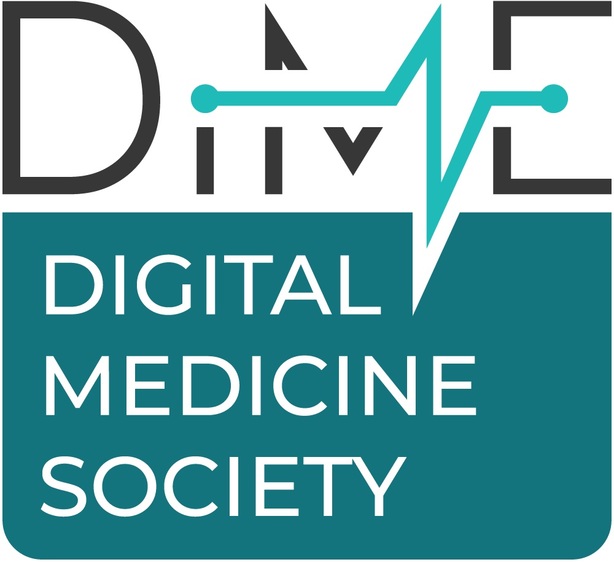

Up until now, the lack of interoperable health-at-home devices has inhibited health technology integration into the home for use in wellness, prevention, managing chronic conditions, and clinical trials.

Up until now, the lack of interoperable health-at-home devices has inhibited health technology integration into the home for use in wellness, prevention, managing chronic conditions, and clinical trials.

The integration of technology and connectivity into healthcare is not only improving patient outcomes but also reshaping the way care is delivered.

AI and real-time data enhance care efficiency and access. And with healthcare workers in short supply, the rapid advancements in AI, IoMT, and related innovation offer patient access freedom, enhanced care delivery, and better outcomes.

Congress must decide the future of the Acute Hospital Care at Home (AHCAH) program, an initiative of the Centers for Medicare & Medicaid Services (CMS) that, without legislative action, will expire on December 31, 2024. To ensure beneficiaries can receive various levels of care in their preferred settings, this brief provides immediate–term federal policy reform recommendations for the potential reauthorization of the AHCAH model while outlining key issues for policymakers to consider when further research and data emerge.

This blog explores the transformative potential of AI assistants in healthcare management and delves into the benefits for providers, medical assistants, and obviously, patients.

The Home as a Health Care Hub will bring together patients, providers and device developers with the goal of making health care in the home environment an integral part of the healthcare system, and advancing health equity for all people in the U.S.

Hospital at Home models are expanding capacity for overcrowded hospitals and emergency departments and providing comfort to a growing range of patients. Dave Kerwar, co-founder of Inbound Health, discusses the best candidates for hospital at home care and opportunities for MedTech providers to enhance this model of care, as payers and CMS look at long-term adoption.

Remote care in the home relies both on the quality of patient monitoring and on the insights provided to the care team. There is a real danger that data overload and alert fatigue will undermine otherwise well-designed remote patient monitoring (RPM) and Hospital at Home programs. The software platform and algorithms tasked with integrating and evaluating data must identify the data that matters, when it matters.

Next-generation, predictive analytic patient monitoring lowers healthcare costs, improves clinical outcomes and enhances the patient experience in hospital-at-home, post-acute care and chronic care management.

As more healthcare activities take place from home, passive continuous monitoring solutions and new technology such as artificial intelligence will be critical to communications between providers and patients. In addition, new solutions that offer overnight monitoring will play a crucial role in helping to fill the gaps, particularly in assessing patient deterioration or changes in health conditions. The pandemic has forever changed the trajectory of healthcare and specifically virtual care.